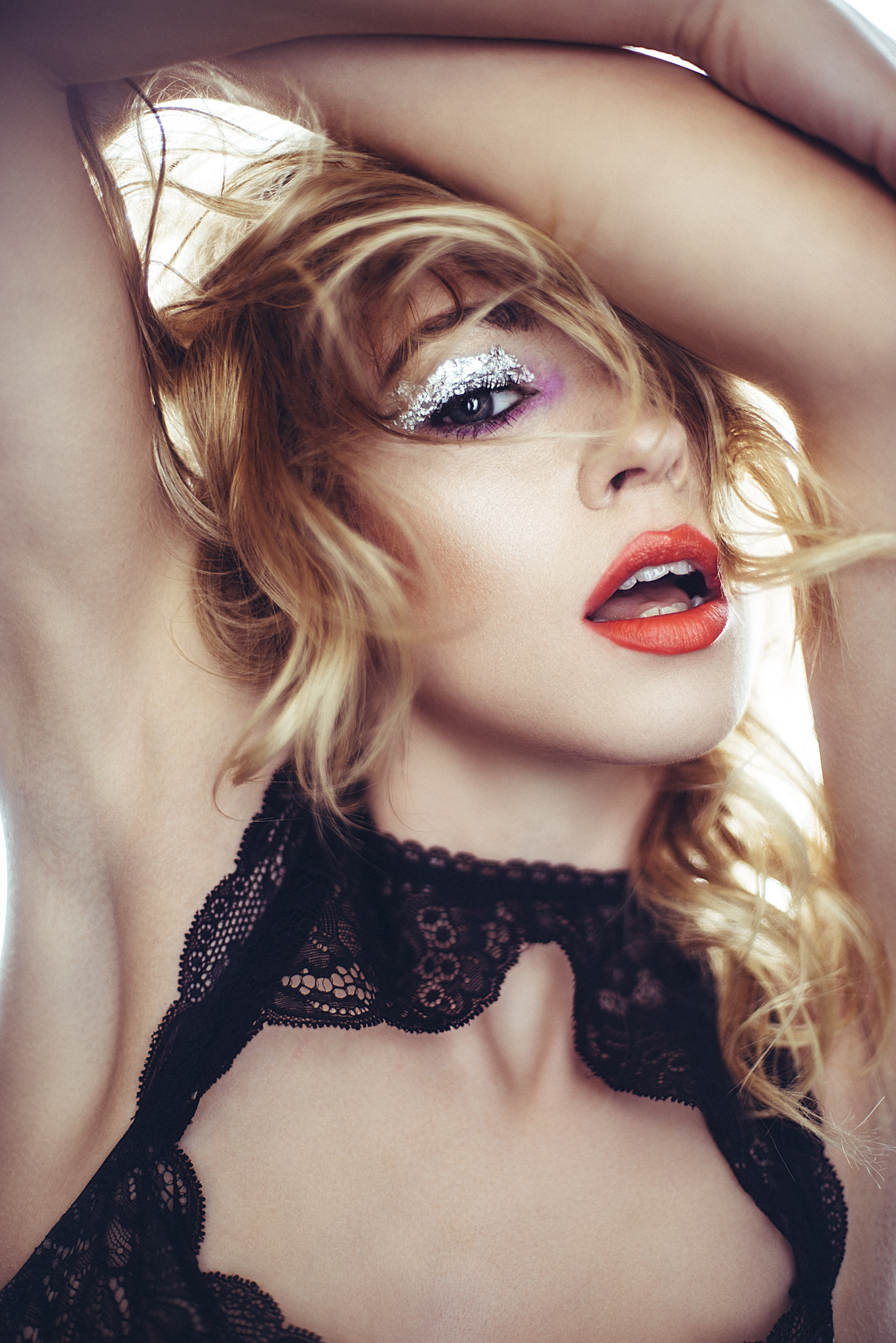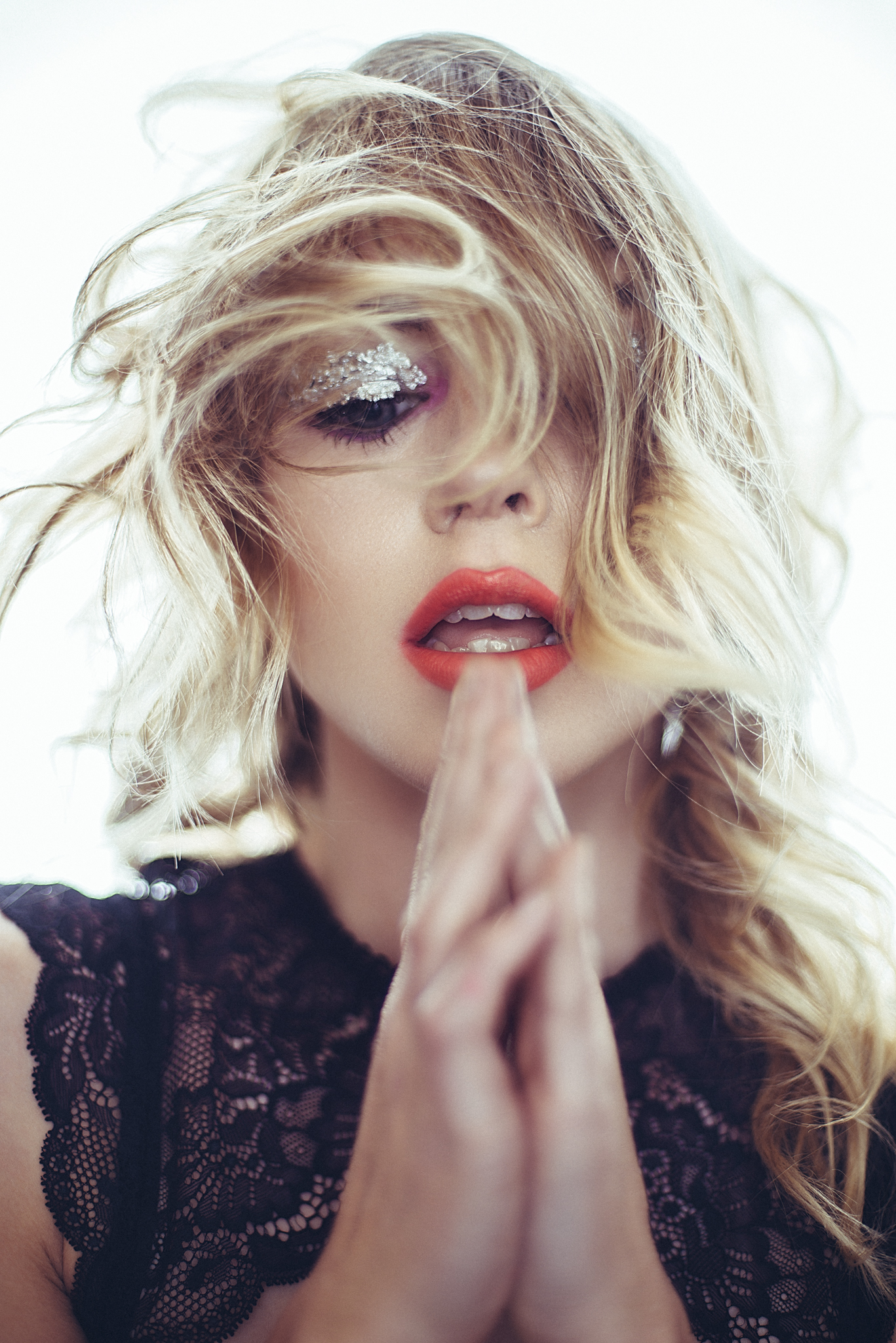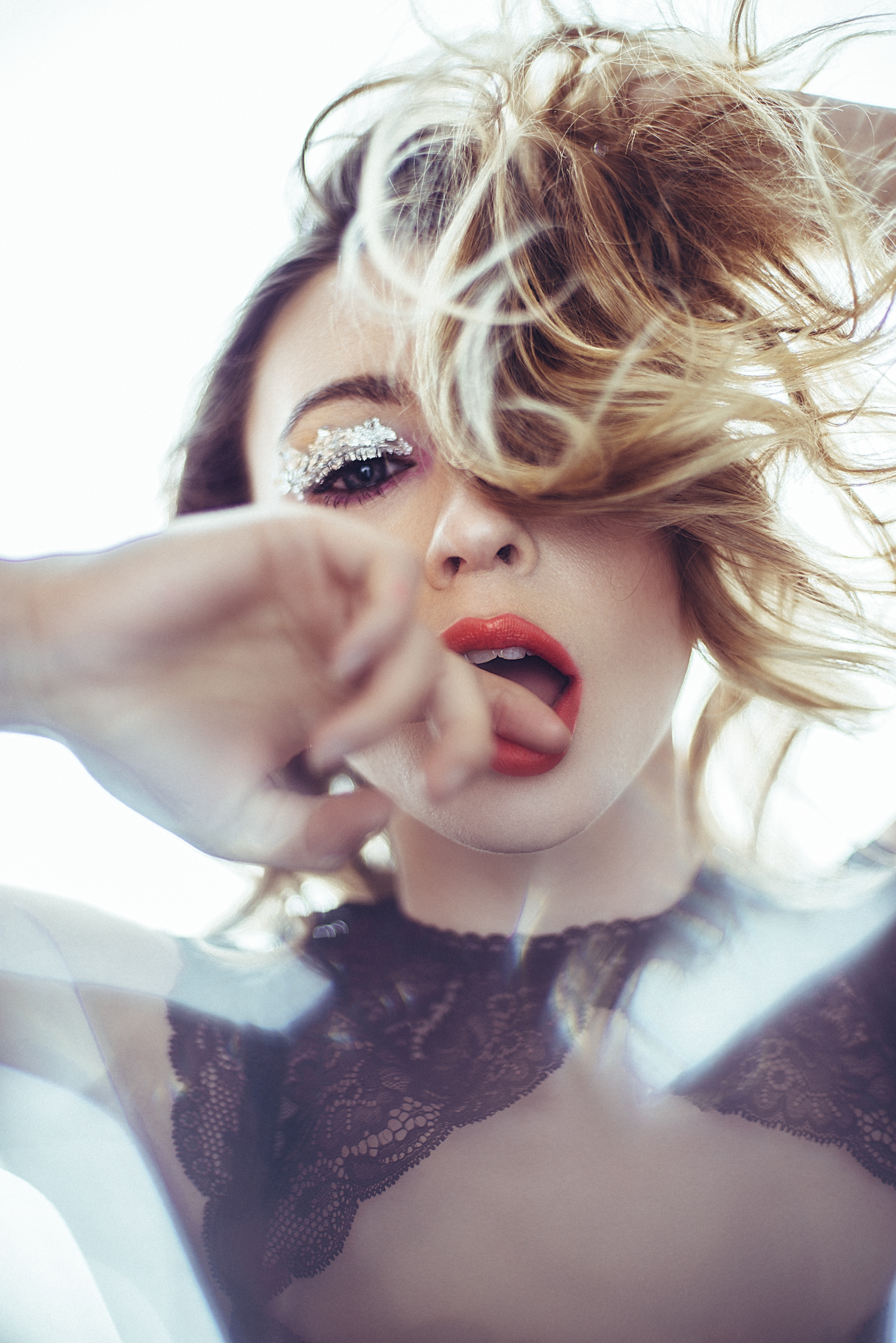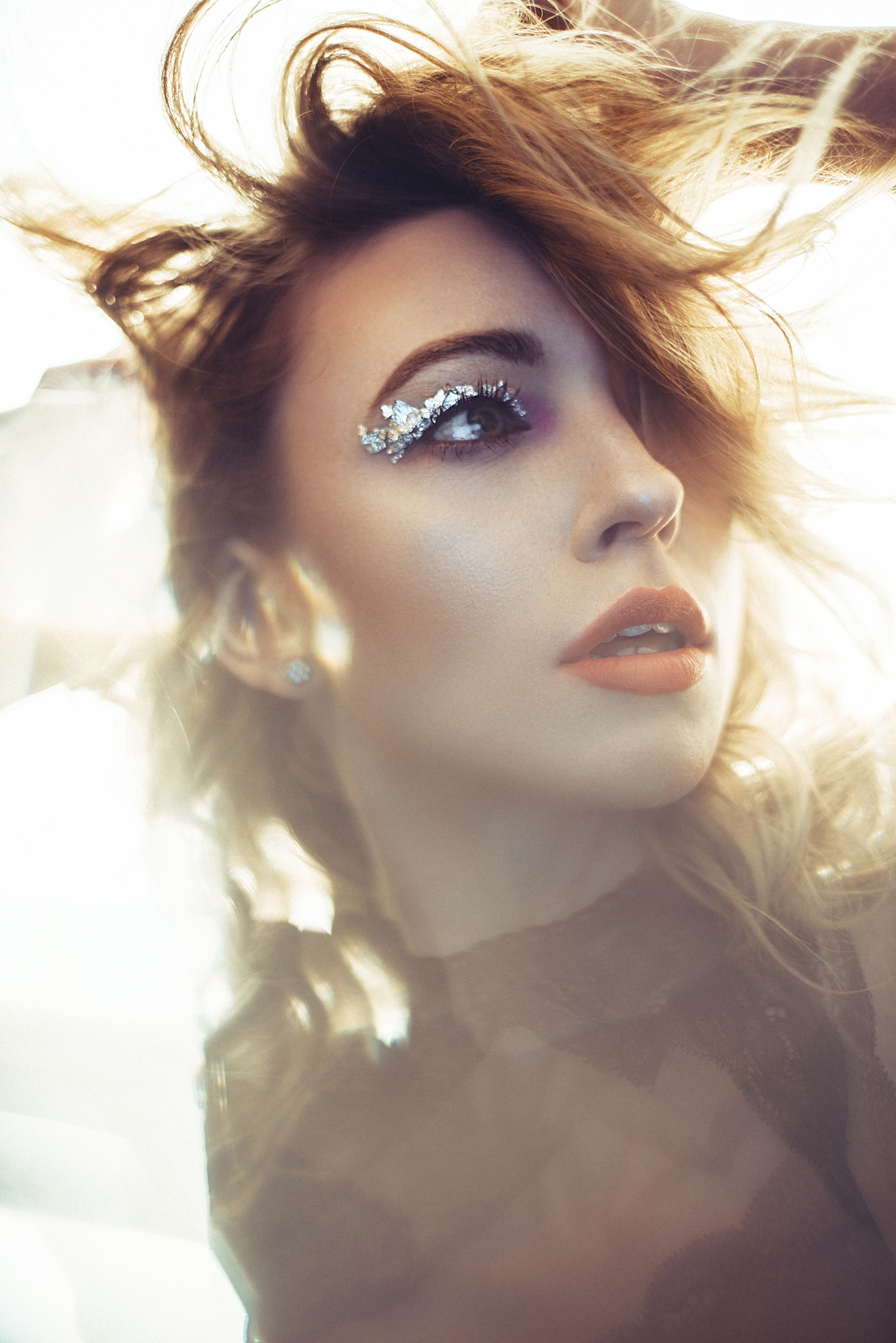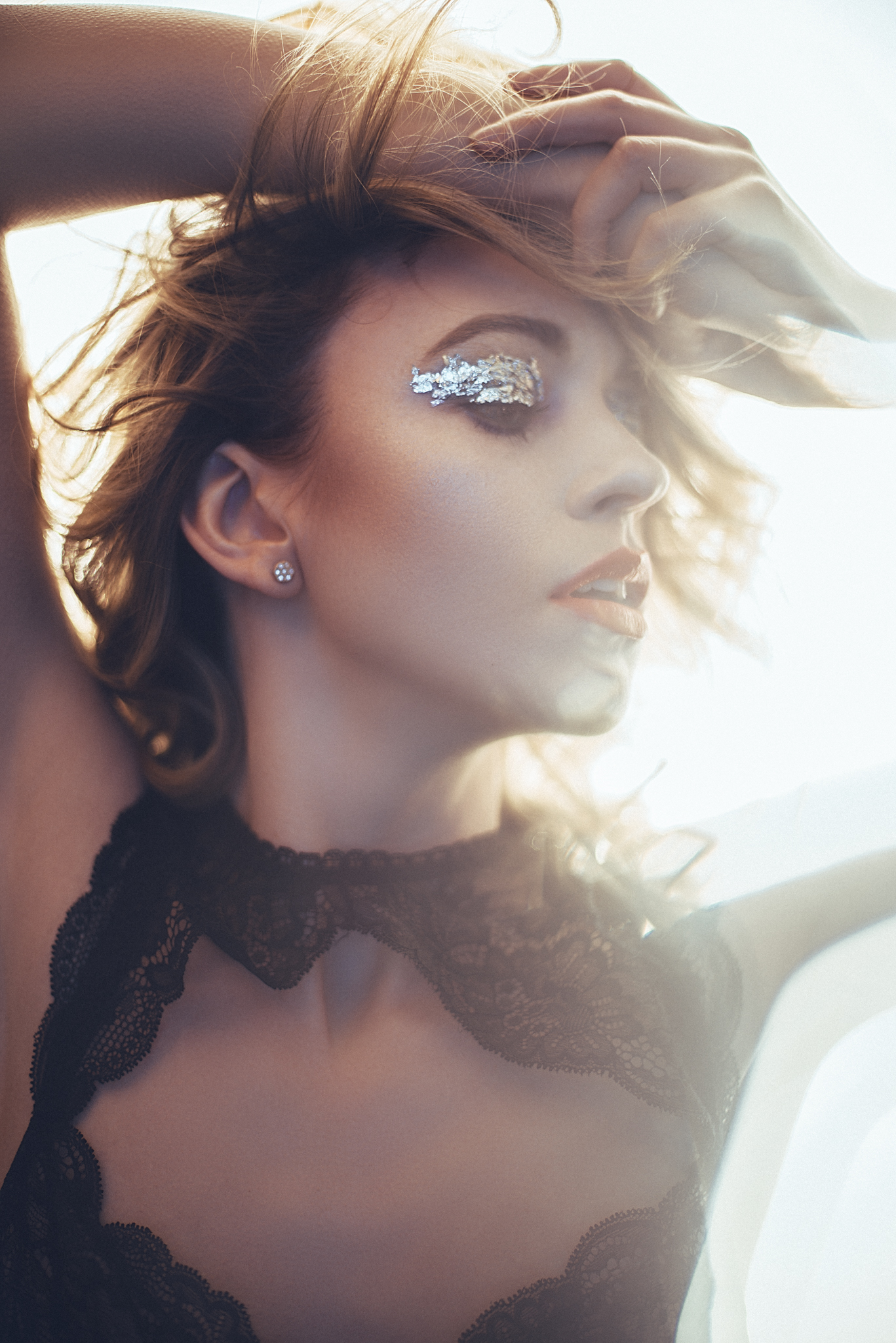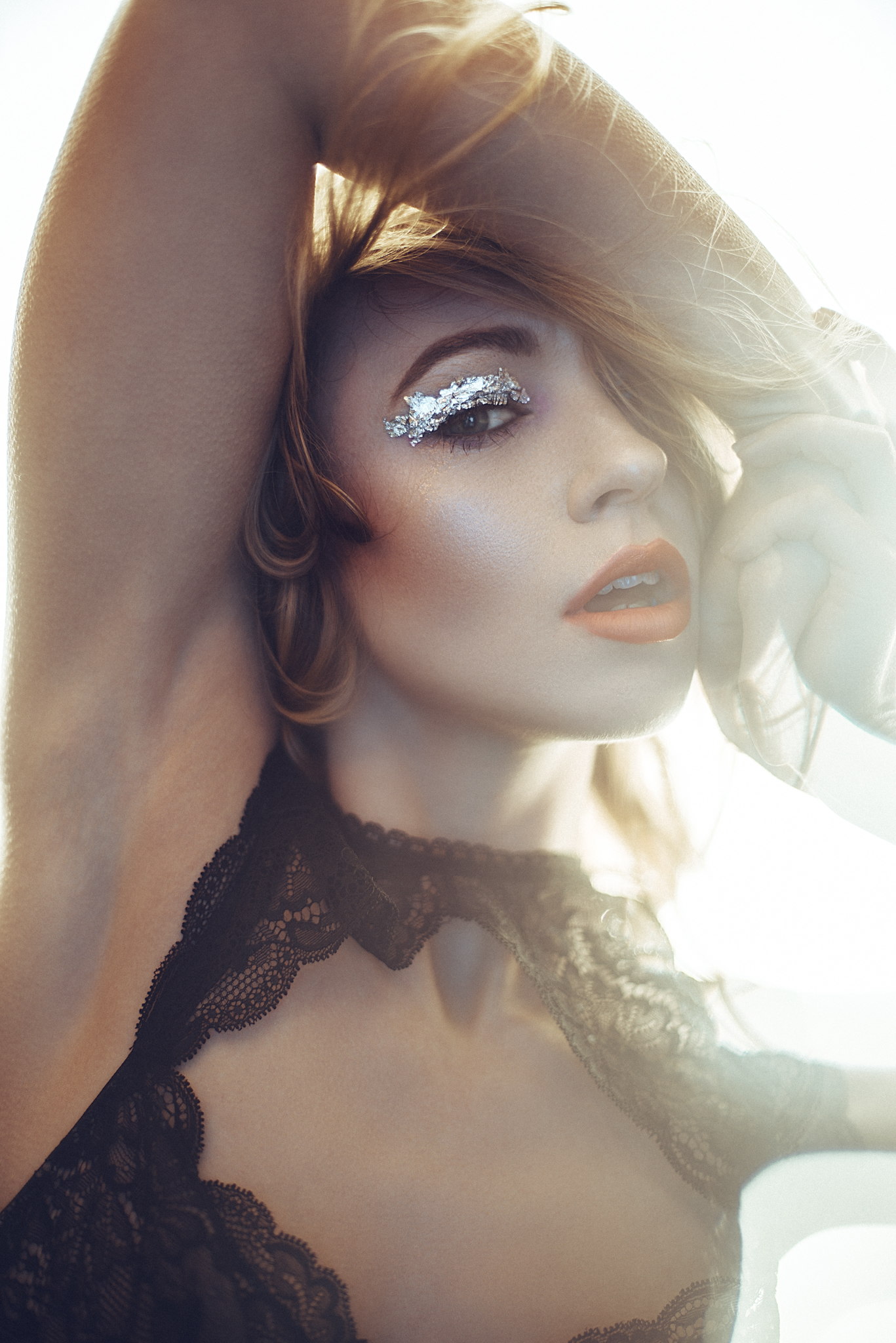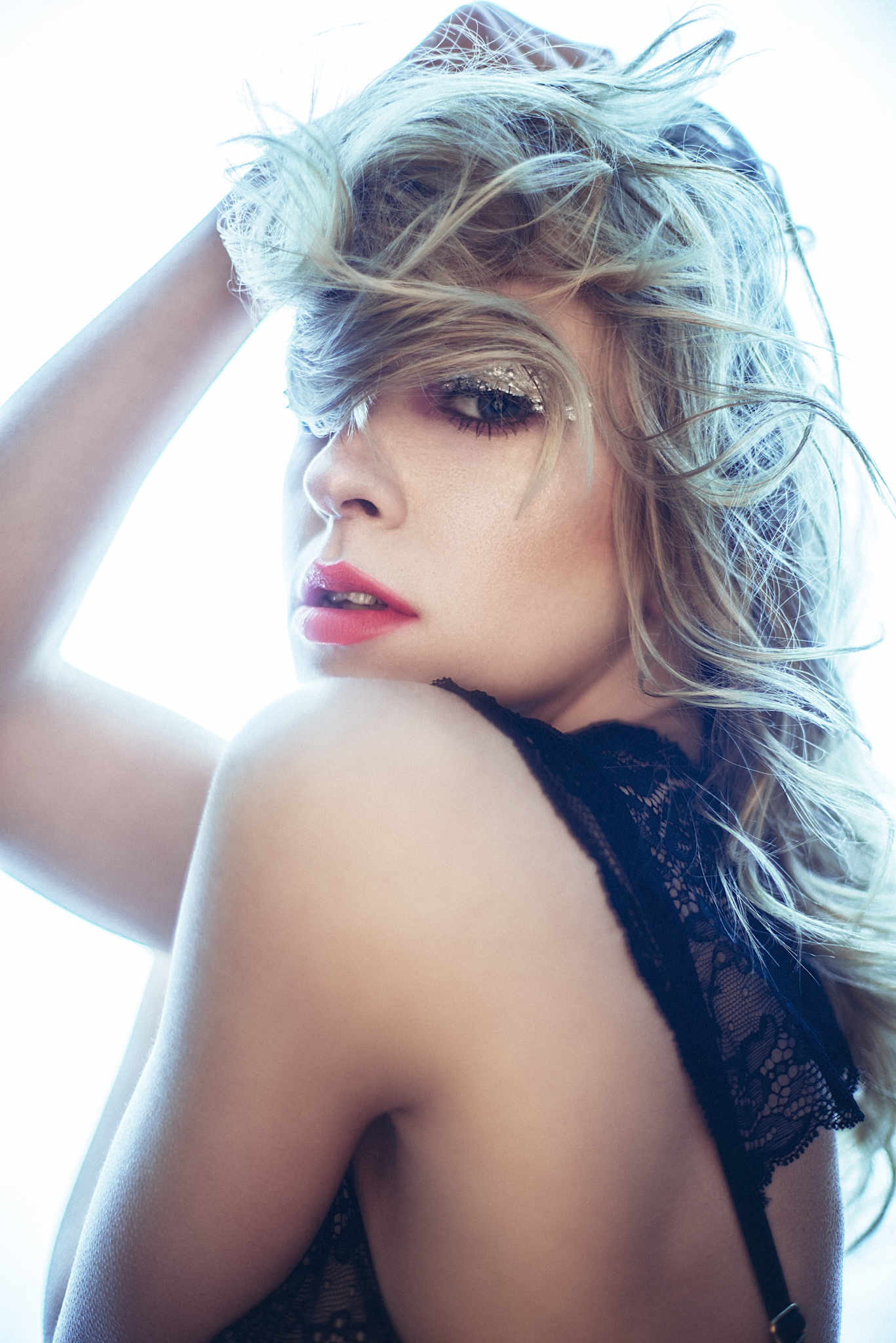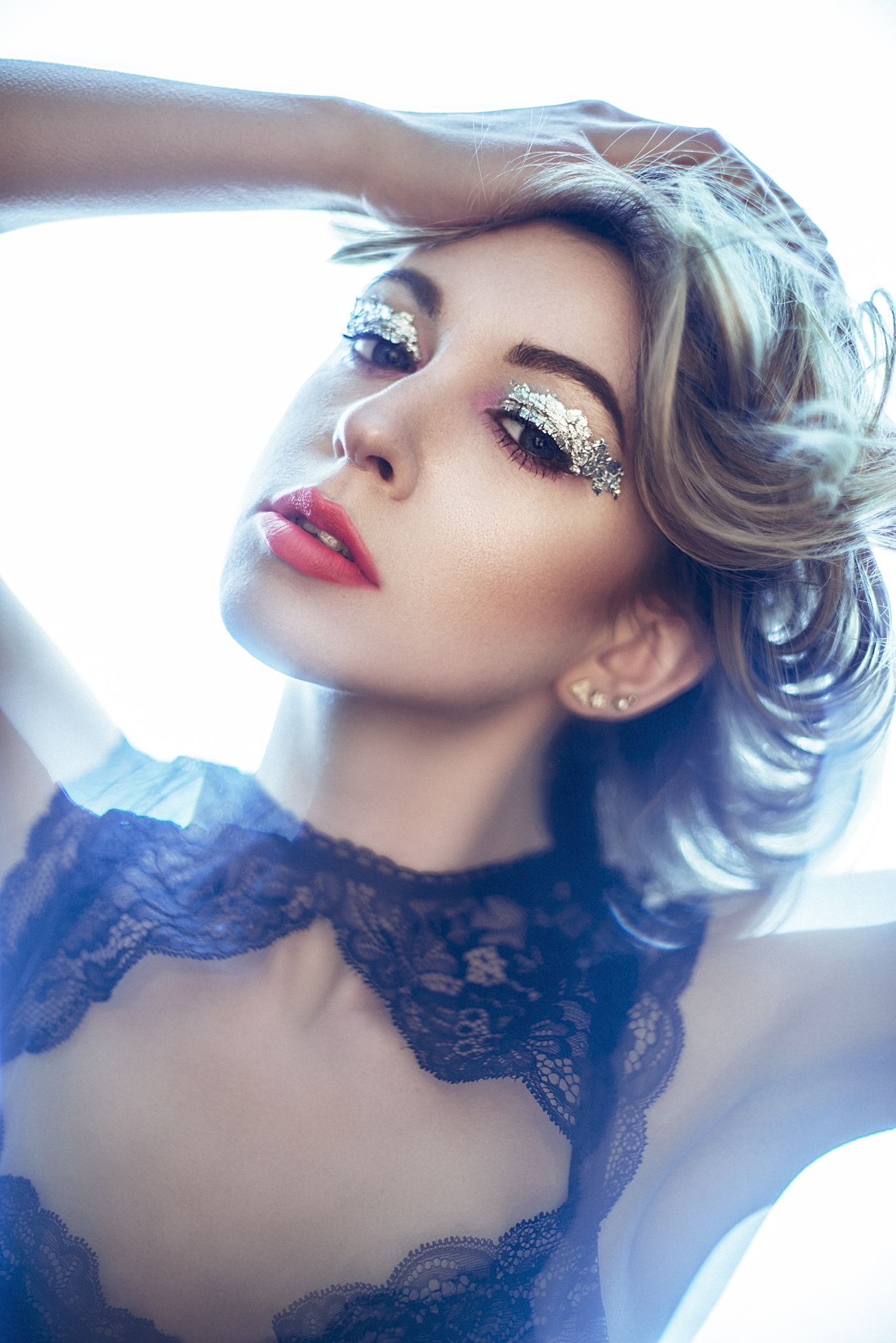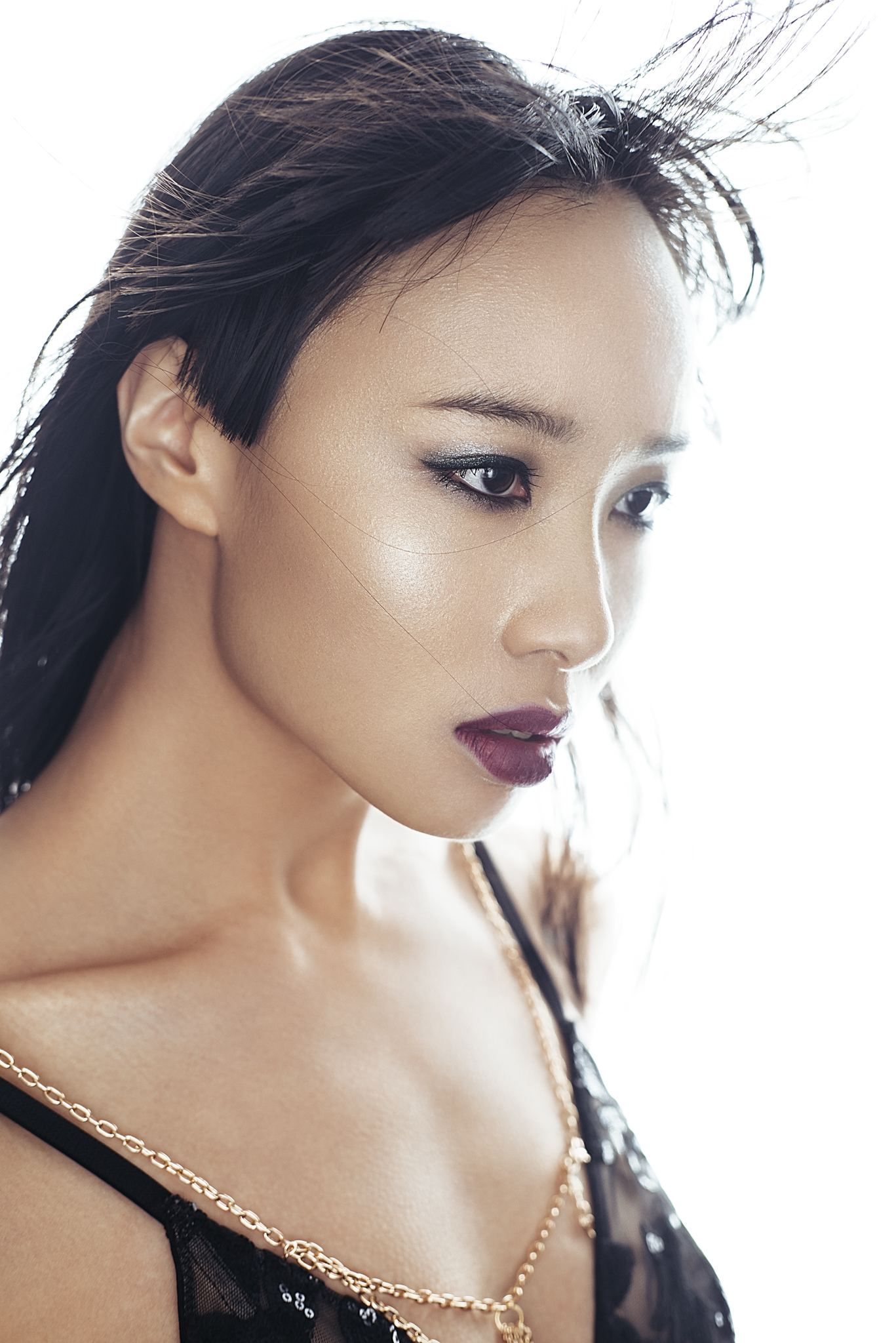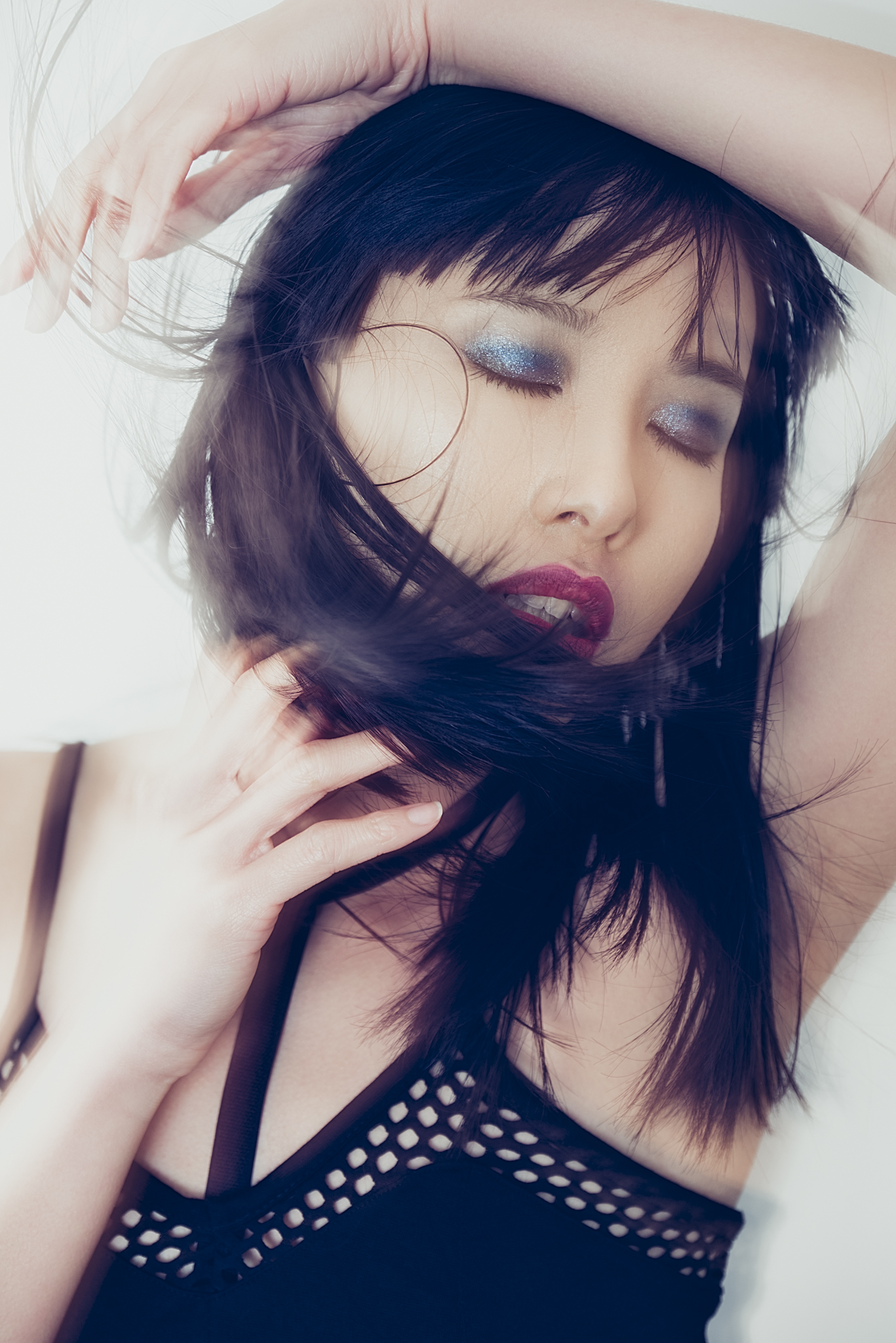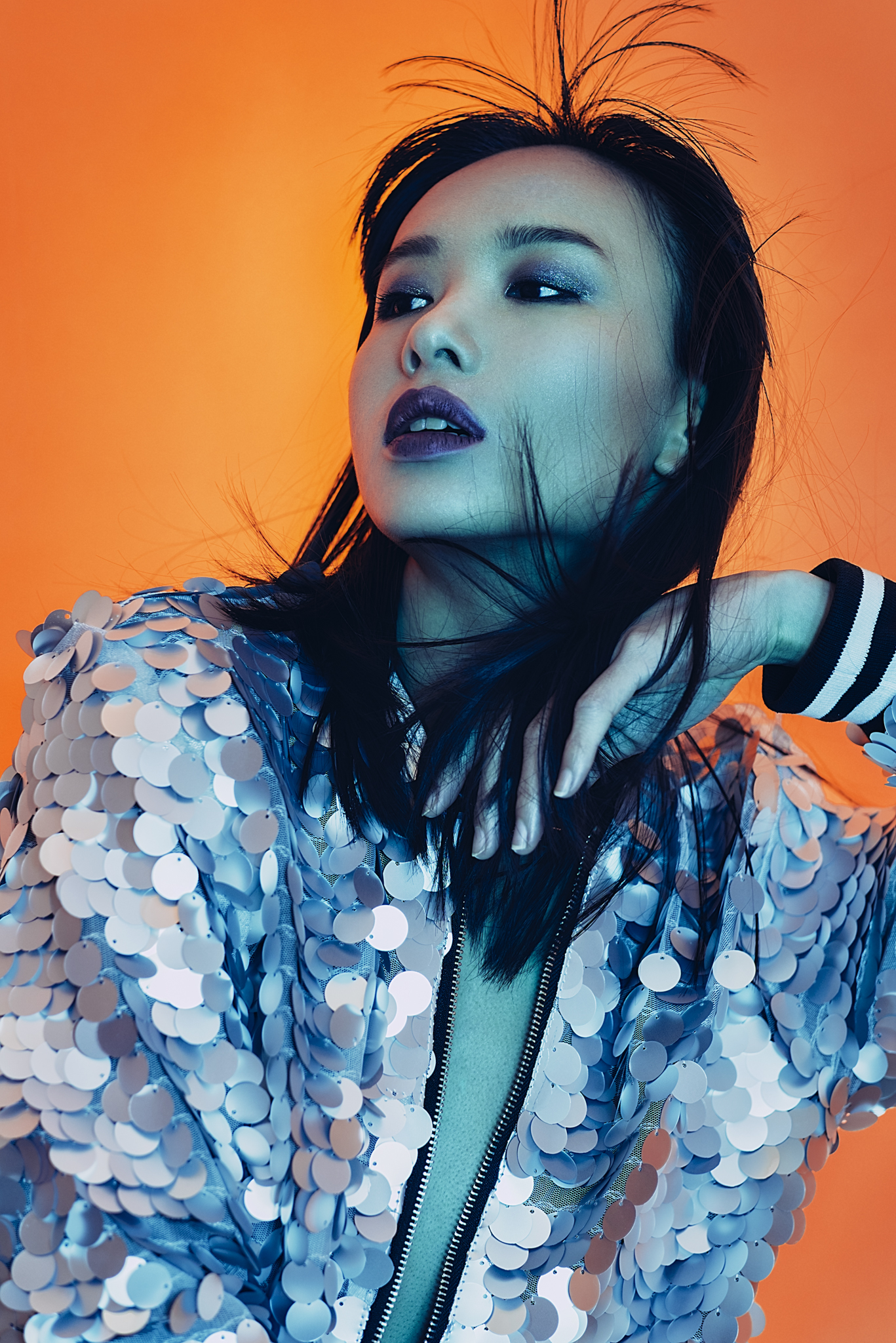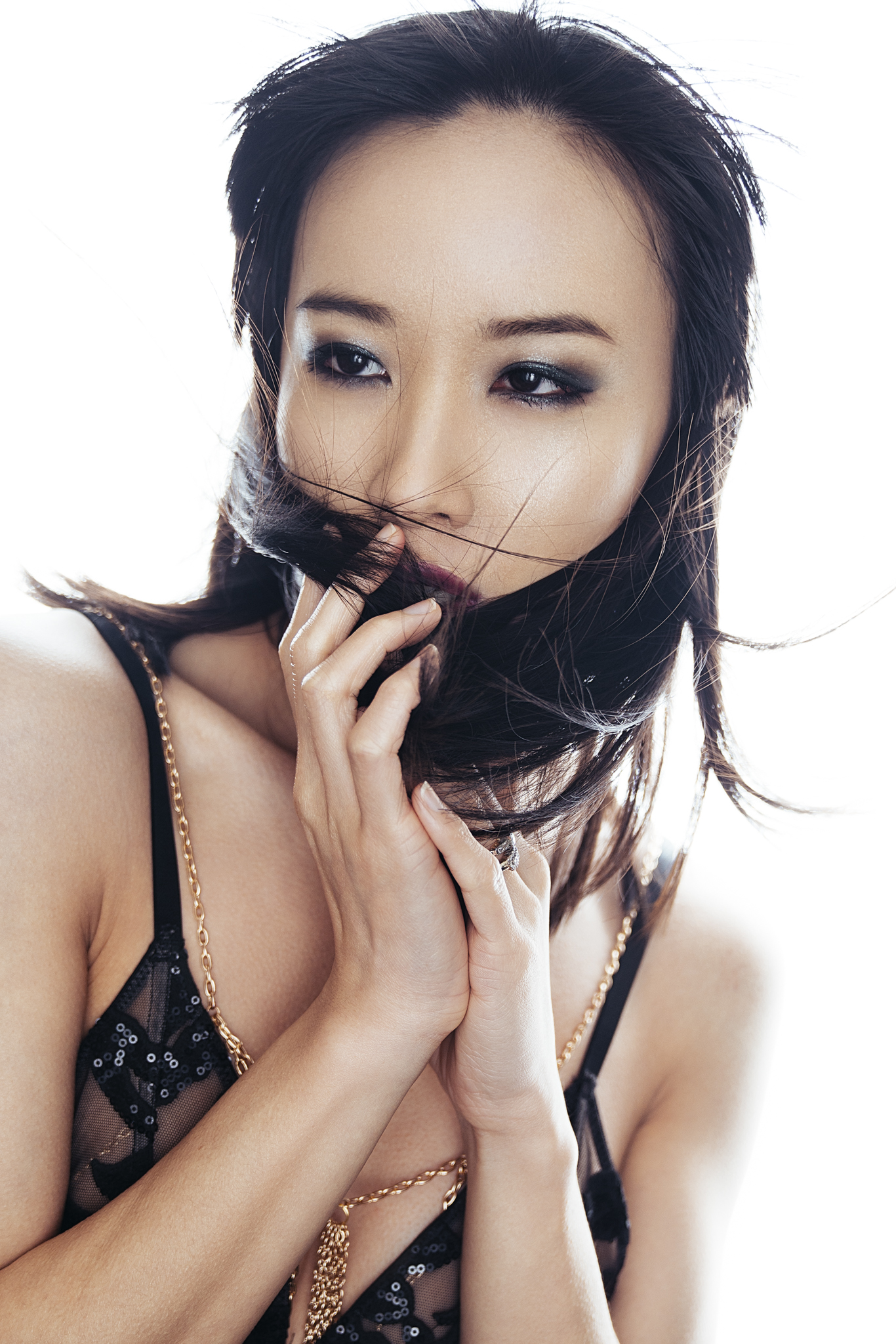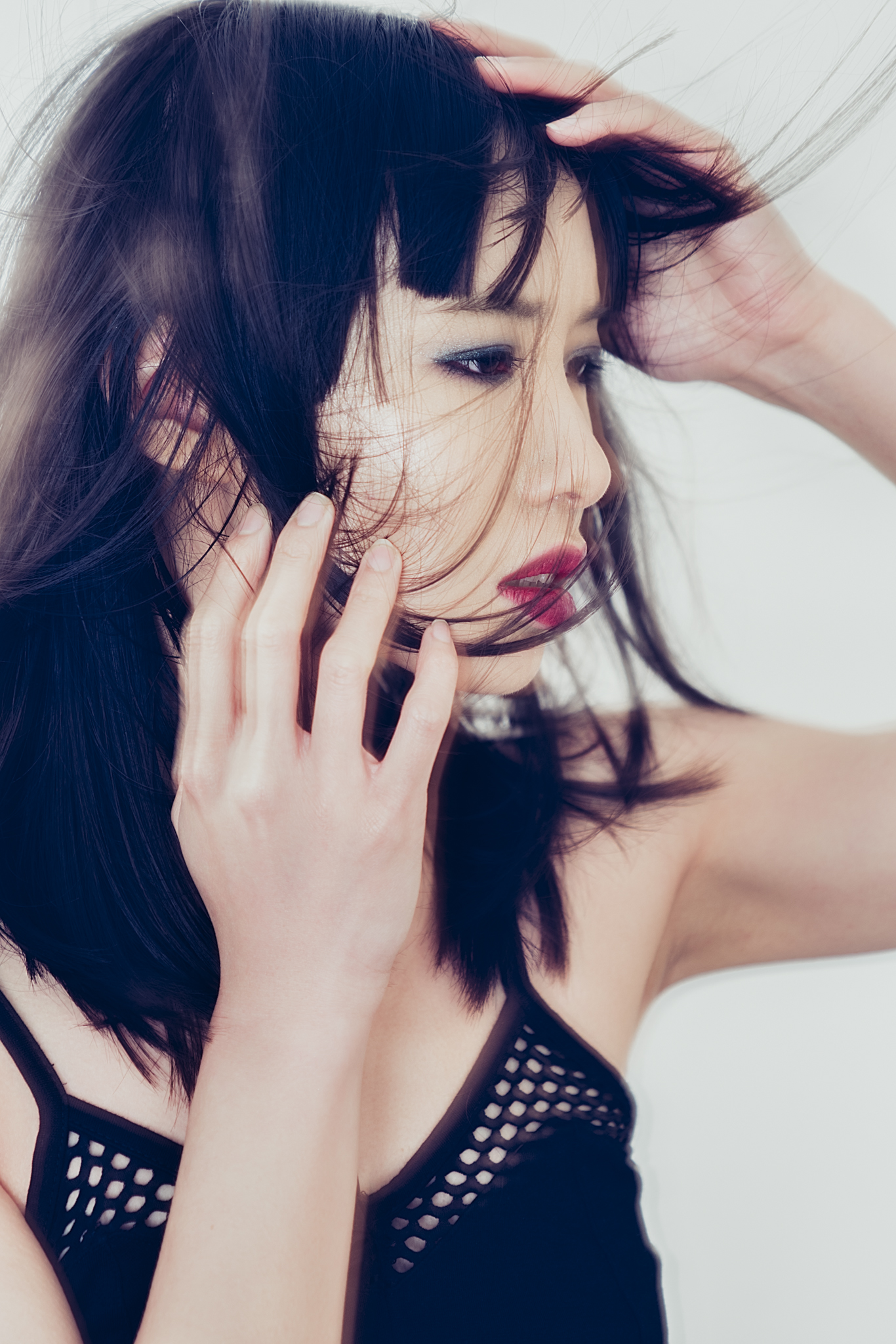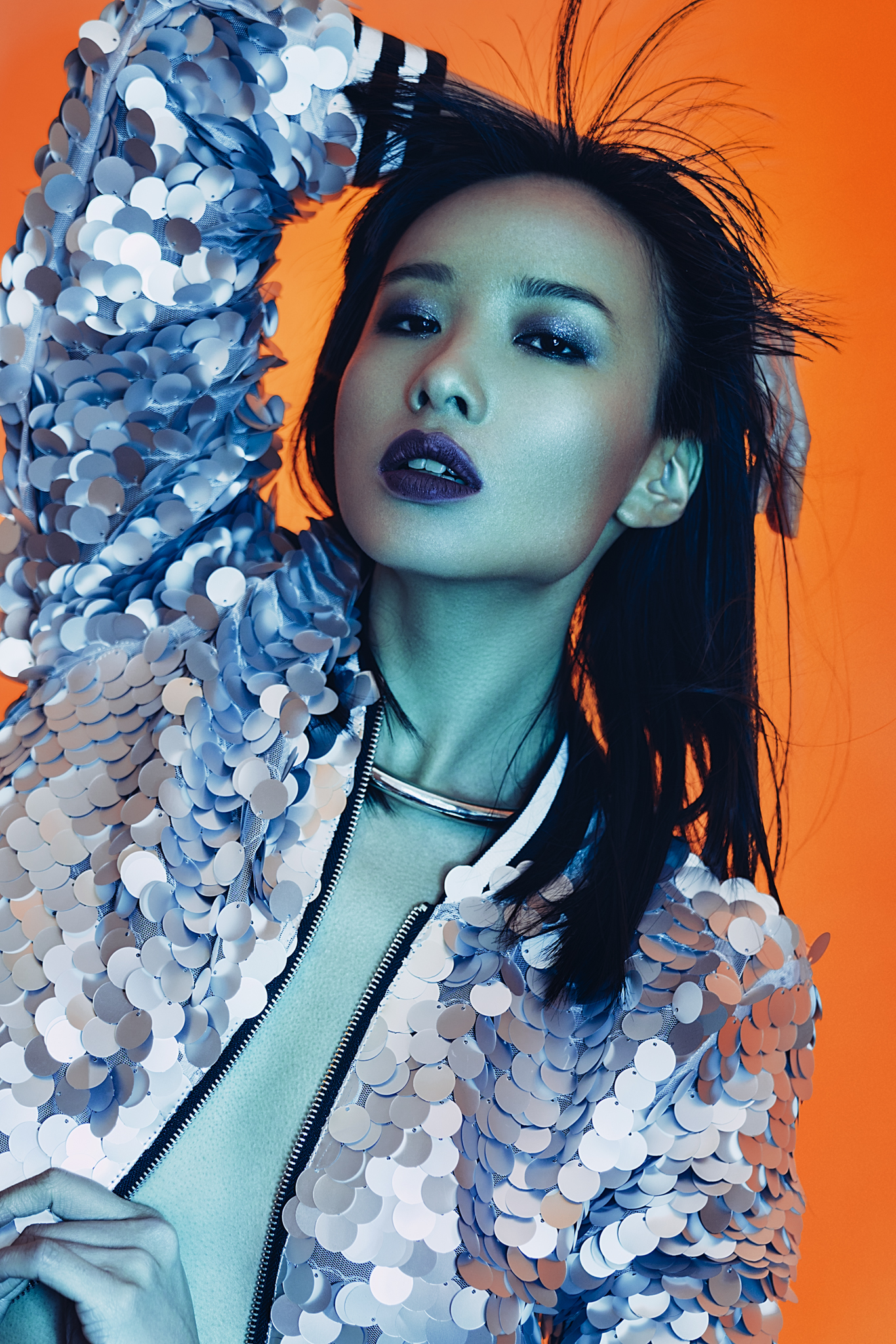Finally! In-Short
So it turns out, I'm not abandoning the Nikon ship just yet and I'll be shooting with my Nikon camera a little while longer it would seem.
The Sony was certainly a disappointment for what I personally need day-to-day. The weight distribution on that standard zoom lens and body is ridiculously unbalanced and borderline unusable over extended periods. I'm guessing that ironically adding more weight in the form of a battery grip to this camera would help this balance a lot, especially for us portrait orientation shooters, although that negates the marketing campaign for the reduced weight of a mirror-less DSLR. Not only that, but it struggled a lot when it came to auto-focusing in low light, an environment that I work in a lot for my specific work type. Plus I wasn't impressed with it's shadow detail in the long exposure shots. You might not notice it on its own but when compared to the Nikon and Fuji it was very apparent.
Personally I'm actually pretty disappointed, I'm a Sony fan-boy in other markets and I was ready to jump ship until I tried it. It has so much potential but rewind to when Fuji came out with their first mirror-less cameras, they were a joke in certain areas too. Things like focusing speeds and black details were very poor so hopefully in newer models of the Sony they can look at some of these issues.
Using the Fuji was a big surprise for me. I wasn't expecting big things from this little camera but it certainly packs a punch for what it is. I think if I shot more commercial white-light beauty work I'd get one just for that as the quality of the lenses on this little thing is almost unbelievable. But although the lens quality is fantastic and the detail it produces far exceeds the sensor size expectations, it's still a small chip. That means the images simply don't have the visual depth at similar apertures as the bigger sensors. It's just physics I'm afraid and quality certainly isn't everything when you're after a certain look. All this bodes very well indeed for the new medium format Fuji GFX. If they transfer these same qualities across to their new larger sensor camera then this could be a seriously exciting prospect.
The Nikon is a tried and tested workhorse camera. It's easy to use and it's certainly a no 'bells and whistles' product. The lens flaring issue will continue to haunt me and I will continue to search for at least ONE lens in their line up that doesn't have a Tupperware coating! For me though, the Nikon won hands-down in the colour range though. It was significantly noticeable to me how much more saturated the colour this D610 could capture compared to the others.
For now I will stick to my Nikon and watch the Fuji GFX very carefully :) In fact by the time this article comes out I hope to have tested it for myself and I will certainly keep you posted on what I find.
I thank you for reading all the way down this far, I know it was a long article but it was really just my way of sharing my thoughts to anybody that was interested. If you have any of these cameras yourself and would like to offer you feedback and thoughts on them then I'd love to hear your opinions as well. Feel free to do so in the comments below :)

















